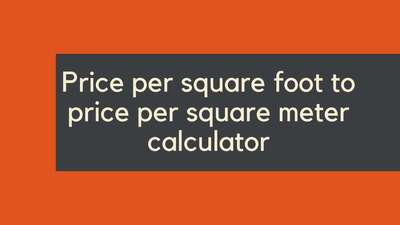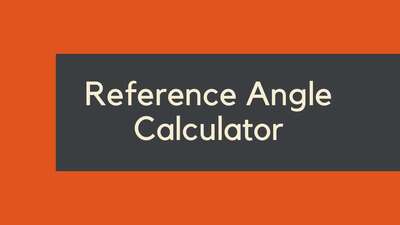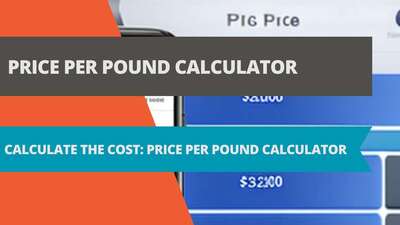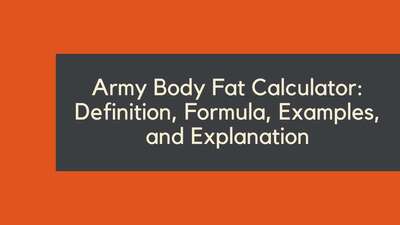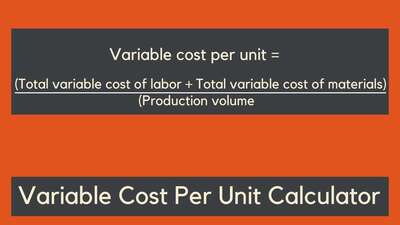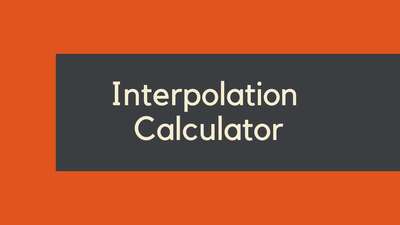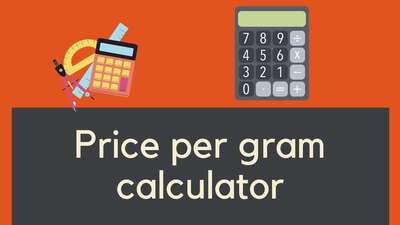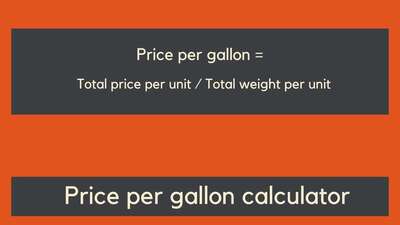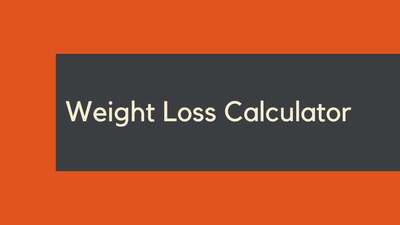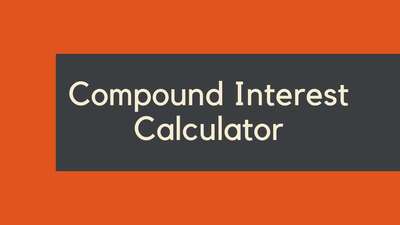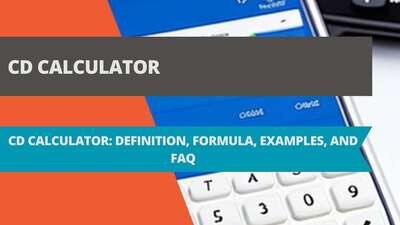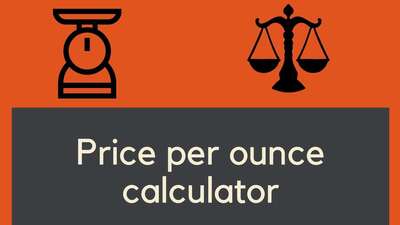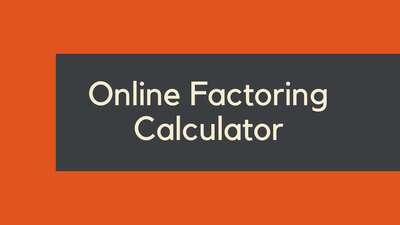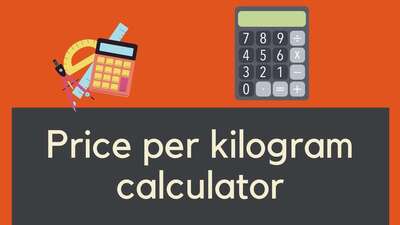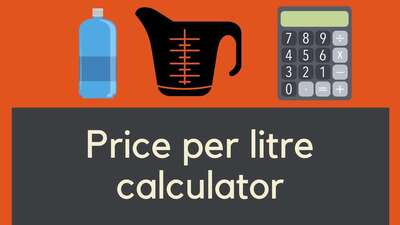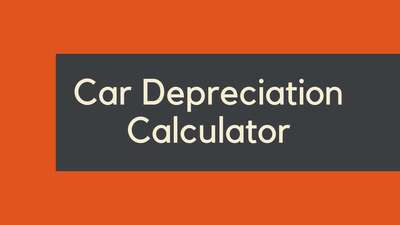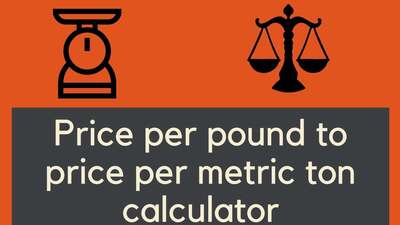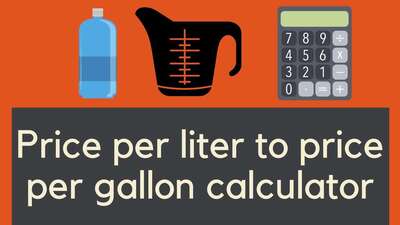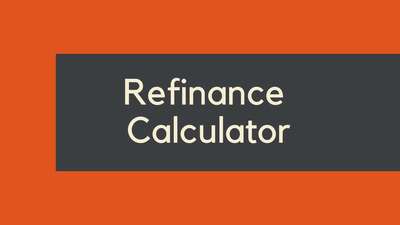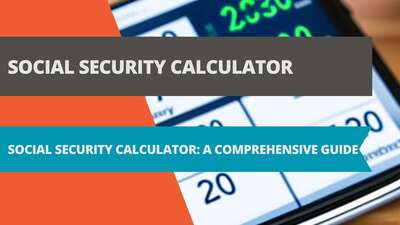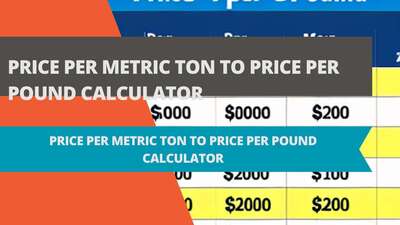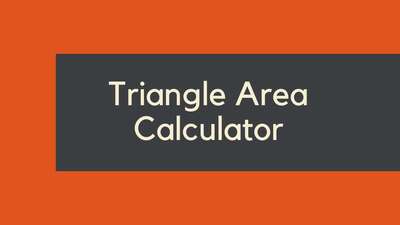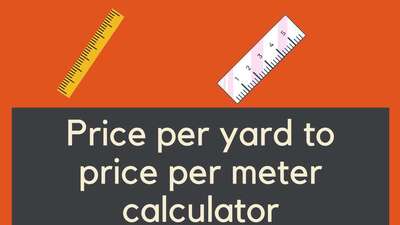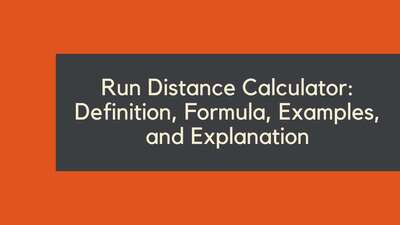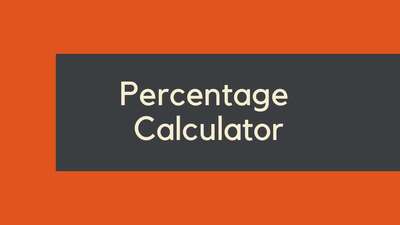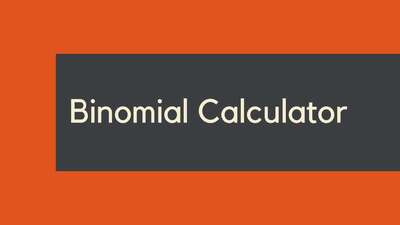Unit Price Calculator

Have you ever wondered what definition of unit price is? Or maybe do you want to know how to calculate unit price? Here you are. In this article you will find basic information about unit price and its conversion. There will also be some unit price examples. Is it exactly what you are looking for? So keep reading to know more.
We will start with some theory about a unit price, especially with a unit price definition. Then we will move to the more practical part where you will find a unit price formula to make your own conversion and also learn about a unit price calculator. The last part will be full of practical examples, for instance, concerning storage unit price or ac unit price.
Defining Unit Price
In the realm of purchasing and commerce, "unit price" is a term that holds immense significance. It offers a clear perspective on value, allowing consumers to make informed decisions. But what exactly is unit price?
Unit price, at its core, refers to the cost associated with a single unit of any product or service. This could be measured in terms of quantity, weight, volume, or even length. For instance, if you're looking at a bag of rice, the unit price might tell you the cost per pound or kilogram. If you're evaluating a bundle of cables, the unit price might be per meter or foot.
Different Perspectives on Unit Price:
Basic Definition: Most consumers encounter unit price as a simple metric on a shelf label, especially in grocery stores. It reveals the cost for each item when products are packaged in sets or sold in bulk. This way, a buyer isn't swayed just by the total price of a bigger package but can judge if they're genuinely getting more value for their money.
Mathematical Perspective: From the lens of mathematics and economics, unit price has a precise definition. It denotes the cost per individual item or per a specific unit of measurement, such as per kilogram, per liter, or per piece. This is especially useful in industries where bulk purchases are common, and prices need to be standardized for fair comparison.
Consumer Empowerment: The beauty of understanding unit price lies in its empowerment to consumers. With unit prices, consumers can easily compare products from different brands, different package sizes, or even different stores. It levels the playing field, ensuring that consumers aren't just lured by flashy discounts or bulk offers but can assess the real value they're getting for their money.
In essence, the unit price serves as a beacon for value-driven shopping, allowing for more transparent, fair, and informed decisions in the marketplace.
What is a unit price
As we mentioned before, we will start with some theoretical information, that is with the unit price definition. So what is the unit price? The unit price means the price of a single product or a single unit of volume or weight of a particular product, for instance, of a one pound or ounce. So in other words, the unit price defines the price per each thing when it comes to buying things together.
It is also possible to distinguish another version of the unit price definition, that is a definition of unit price in math. So what is a unit price in math? The unit price math definition is very similar to the basic unit price definition. Simply put, the unit price in math is cost per item or cost per one particular unit of weight, volume, etc., for instance, cost per one kilogram.
How to calculate unit price
If you know unit price meaning, it is time to move on to more practical information. In this part we will show you how to calculate unit price of product. We will show you two different ways for how to find the unit price. So let’s start with the first one.
The first method to calculate unit price is doing manual calculations. To make it you need a formula for unit price. We prepared it for you. A ready to use unit price formula is down below, have a look:
The total cost / the number of units = the unit price per item
As you can see, this formula is not complicated. You just need to divide one number by another. We are sure that all of you can make this calculation on your own without any bigger problems. A few examples with its use we will show you in the next part of this article, so keep reading to see a formula for unit price in practice.
How to find unit price in another way? How to calculate unit price easier and quicker? You can use a unit price calculator – a tool which enables calculation of unit price without any effort.
What is a unit price calculator exactly? It is an online app. In other words, it is an automatized web calculator. It contains a unit price formula and makes all calculations for you. You just need to enter the data, that is the total cost and the number of units. Then click the ‘calculate’ button and wait for the result. It will be shown in just a second. You have to admit it is an amazing solution.
It is also worth emphasizing that our unit price calculator is a totally free tool. You can also use it without register or login. What’s more? It works on every device with Internet connection, so you can use it wherever you are and whenever you want.
So if you know how to calculate unit price of product in two different ways, it is time to practice. In the next part you will see unit price examples.
Unit price examples
You know how to calculate the unit price in theory, now you will see how do you find the unit price in practice. Here you will find unit price examples calculated using a unit price formula and the unit price calculator.
Let’s start with examples calculated with a formula for unit price. How much ac unit cost? For instance, let’s calculate the 2 ton ac unit price. The average cost per 2 tons ac is 1490 $. So what is a unit price? Just divide this cost by 2. The equation looks as follows:
1490 / 2 = 745
So 2 ton ac unit price is equal to 745 $.
Another example. Now try to find the 3 ton ac unit price. The average cost per 3 tons ac is 1650 $. So what is a unit price? Again, divide 1490 by 3. The equation is down below:
1650 / 3 = 550
So 3 ton ac unit price is equal to 550 $.
Two more examples. Now check the 4 ton ac unit price. The average cost per 4 tons ac is 1860 $. So calculate the unit price. This time, divide 1860 by 4. Have a look:
1860 / 4 = 465
So 4 ton ac unit price is equal to 465 $.
And the last example. Calculate 5 ton ac unit price. The average cost per 5 tons ac is 1920 $. So as in the previous examples, divide 1920 by 5. The equation is as follows:
1920 / 5 = 384
So 5 ton ac unit price is equal to 384 $.
The central air unit price examples are behind us. Now we want to show you how much storage unit cost is. This time, the examples are calculated with the use of a unit price calculator. We gathered them in a clear chart. All given data concern storage unit price per month. Have a look:
| 5×5 storage unit price | 60 $ | unit price | 2.4 $ |
| 10×10 storage unit price | 110 $ | unit price | 1.1 $ |
| 10×20 storage unit price | 180 $ | unit price | 0.9 $ |
We hope that now the topic of a unit price is clear for you. We gathered here only the most important information, that is a unit price meaning, a unit price math definition, how to find unit price using two different methods – your own calculations or a unit price calculator – and also unit price examples.
Practical Examples of Unit Price
Unit pricing isn't just a theoretical concept, but a practical tool that makes a tangible difference in everyday purchasing decisions. By examining some real-world examples, we can further appreciate its significance.
Grocery Store Adventures: Imagine you're at the grocery store comparing two packs of pasta. One is a 500g pack priced at $2, and the other is a 750g pack priced at $2.80. At first glance, the larger pack seems like a better deal. But by calculating the unit price (cost/quantity), you find that the 500g pack costs $0.004 per gram, while the 750g pack costs $0.00373 per gram. The larger pack indeed offers better value!
Tech Gadgets: When shopping for a new external hard drive, you might come across a 1TB drive for $50 and a 2TB drive for $90. The unit price per GB for the first is $0.05, while for the second it’s $0.045. Even though you're paying more upfront for the 2TB drive, you're getting more storage for your money.
Cosmetics and Skincare: Consider two moisturizers. One is a premium brand selling a 50ml bottle for $30, and the other is a standard brand offering a 100ml bottle for $40. The unit price reveals that the premium brand costs $0.60 per ml, whereas the standard brand costs only $0.40 per ml. Depending on other factors like ingredients and brand reputation, this unit price comparison can guide a purchasing decision.
Fuel for Vehicles: When evaluating fuel costs, unit price plays a pivotal role. If one gas station offers fuel at $3.50 per gallon and another at $3.40 per gallon, the latter gives you a better unit price. For someone who drives frequently, this difference, when compounded, can lead to notable savings annually.
Subscription Services: Imagine choosing between streaming services. Service A offers a monthly subscription at $12 with access to 100 movies, while Service B offers a monthly subscription at $15 for 150 movies. The unit price (cost per movie) reveals that Service A charges $0.12 per movie, whereas Service B charges only $0.10 per movie, making Service B the better deal in terms of content.
In all these examples, the unit price serves as a guiding light, illuminating the path to value-based decisions. Whether it's for essential items, luxury products, or entertainment, understanding the unit price ensures that consumers can optimize their spending and derive maximum value from their purchases.
Benefits of Understanding Unit Price
The concept of unit price, while seemingly straightforward, has far-reaching implications for both consumers and businesses. Understanding unit price is more than just knowing the cost per unit; it’s about making informed decisions that provide the best value. Here’s why understanding unit price is so beneficial:
Savvy Budgeting: In today's world, where every penny counts, unit pricing can be a lifesaver. By comparing unit prices, consumers can ensure they're getting the most out of their money, allowing for more effective budget management. Over time, these small savings from choosing products with better unit prices can accumulate into significant amounts.
Efficient Price Comparison: Unit prices enable consumers to compare products across different brands, package sizes, and even stores effortlessly. Without unit prices, a consumer might assume that a larger container offers a better value, but the unit price can often reveal otherwise. This ensures that consumers don't get misled by marketing strategies focused solely on bulk selling.
Elevated Shopping Experience: Having a clear grasp of unit price means consumers can shop with confidence. Instead of getting overwhelmed by various offers, discounts, and promotions, they can quickly gauge the real value of a deal based on its unit price. This clarity simplifies the shopping experience and reduces the chances of post-purchase regrets.
Promotes Conscious Consumption: By understanding unit price, consumers can become more conscious of wastage. For instance, if a product's unit price is lower in bulk but the consumer knows they won’t use it all before it expires, they might opt for a smaller quantity to prevent waste, even if the unit price is slightly higher.
Business Perspective: For businesses, offering a clear unit price can build trust with consumers. Transparent pricing fosters loyalty and can position a brand or store as more consumer-friendly. Moreover, understanding unit price helps businesses set competitive prices and develop promotional strategies that genuinely resonate with value-seeking consumers.
In a nutshell, the unit price isn't just a number; it's a tool for empowerment. Both consumers and businesses benefit from a deeper understanding of unit price, ensuring fair transactions and fostering a culture of value-driven commerce.
So it is time to make your move and use this knowledge in practice. Try to make your own calculations or pick the ready to use solution – our unit price converter.
If you want to know more about a unit price, check also our other articles.
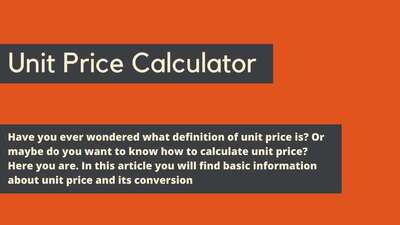

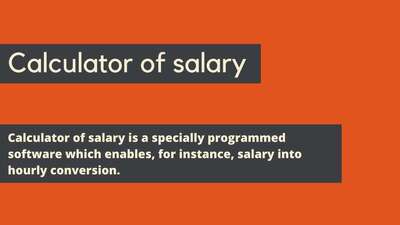
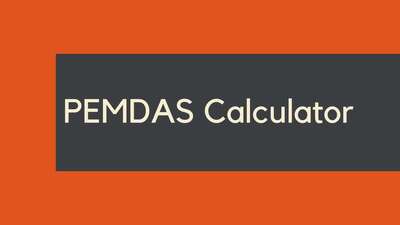

![Car Loan Calculator: Definition, Formula, Examples, and FAQs [2023 Guide]](/images/page/400/car-loan-calculator-13.jpg)
